
BY FULYA OZERKAN
AFP-JIJI
Oct 16, 2022
AMASRA, TURKEY – Their soot-stained faces drained with exhaustion, Turkish miners are at a loss to describe the disaster that killed their friends in Friday’s coal mine explosion.
“Words are not enough,” said Erdogan Yanardag, who was on a day shift at the moment when the blast ripped through the mine near the small mining town of Amasra on Turkey’s Black Sea coast shortly before sunset.
The 43-year-old rushed to the scene to help the rescue effort, working through the night to stretcher survivors pulled out of the mine.
The coal stains on his clothes testified to hours of nonstop effort.
“Everyone grabbed the stretchers, some at the back, some in the middle and some at the front,” he said.
No matter where in the world it occurs, it is impossible for families to remain indifferent in the face of a disaster such as this, Yanardag said.
“Anyone who heard about the explosion — the miners’ families, neighbors and relatives — rushed here,” he added.
Such (accidents) are “in the DNA of mining.”
Yanardag and others were struck with grief over the death of the miners — 41 in total.
Preliminary findings indicate a build-up of methane gas underground may have been to blame, authorities said.
Adem Usluoglu, who works for another mine in the region, heard the news on his way home from work and ran to help the rescue effort.
“People were burned to death or seriously wounded by the force of the explosion. It’s a huge disaster,” he said.
“I am in great pain. … We are at a point where words are not enough. Our throats gets stuck and our tongues are unable to get around the words,” he said.
“We don’t want to experience this kind of suffering again. I can’t find anything more to say.”
Around 600 workers are believed to work in the Amasra mine, which produces 300,000 to 400,000 metric tons of coal per year.
Ilyas Borekci, deputy head of the neighboring Hattat energy and mining company, a few meters from the blast scene, sent three special rescue teams to pull survivors out.
“Our friends went down the mine and stayed there four, five hours and they had to have a break after that because the methane level increased,” he said.
“The methane level was constantly monitored. The friends who went down the mine to rescue the miners had mobile devices in their hands, special breathing devices.
“Otherwise it’s not possible to go down there,” he added.
Then the rescue teams tried to contain the fire and stop it spreading.
The only way to survive such a huge explosion is to get out immediately, Borekci explained. Respirators and ventilators are only enough for about 45 minutes. Inhale too much carbon monoxide and it kills you.
“There are no pocket rooms in the mine, no life rooms,” he said.
“The best thing to do is to be able to get out as fast as possible.”
When his teams went back down the mine again, in the early hours of Saturday morning, they were faced with the tragic sight of dead bodies.
Borekci was in tears describing the scene.
The survivors, not in a position to talk, were taken to hospital. The local public prosecutor’s office has said it is treating the explosion as an accident and has launched a formal investigation.





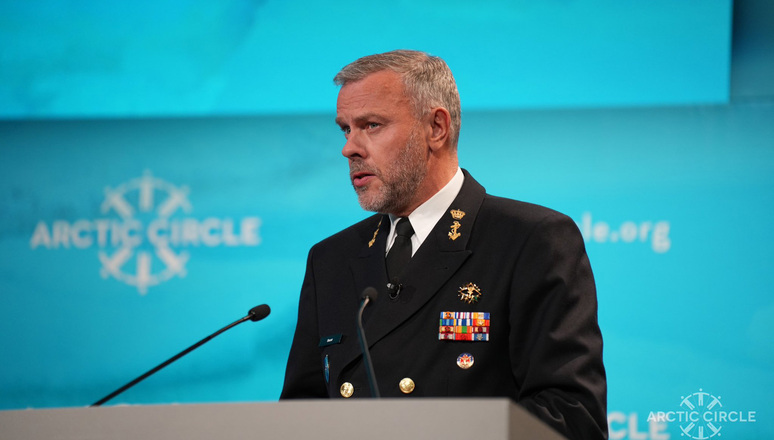
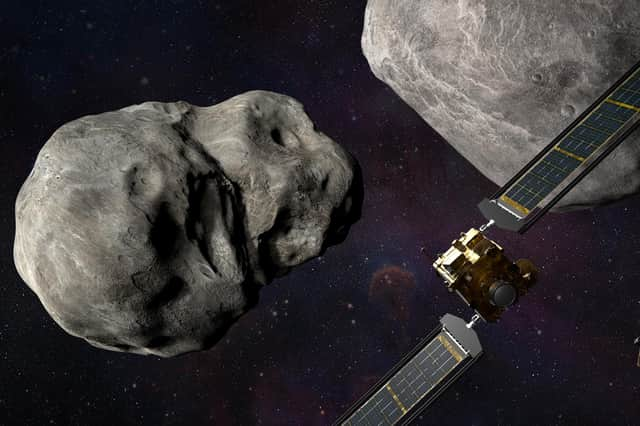
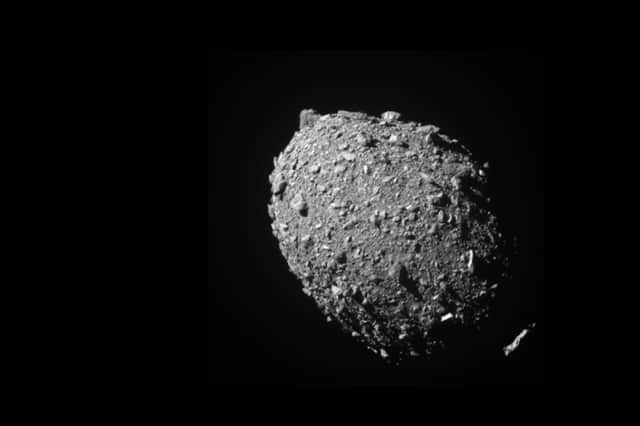
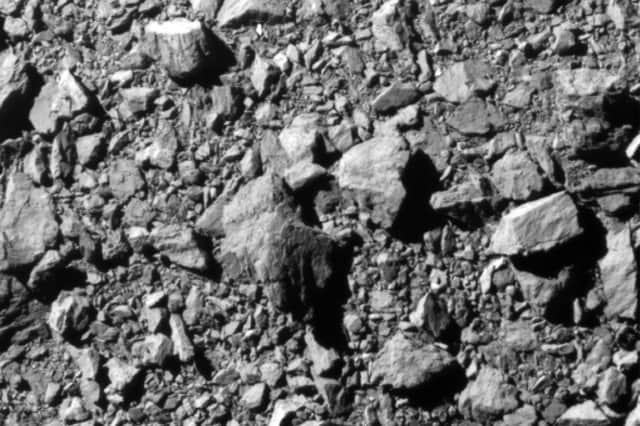


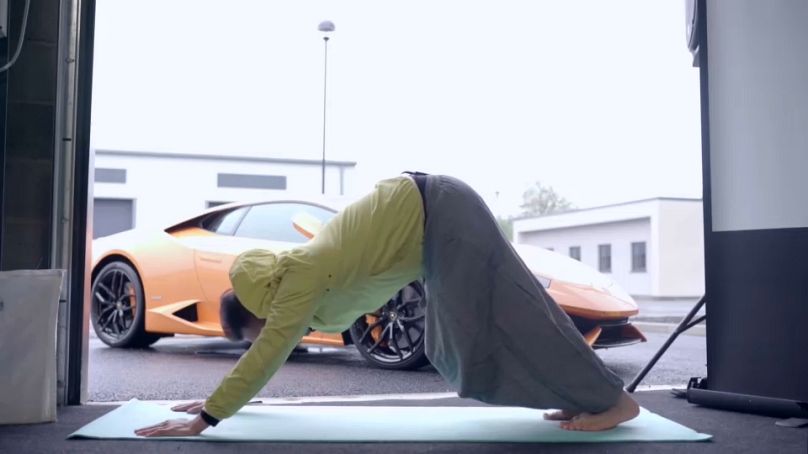
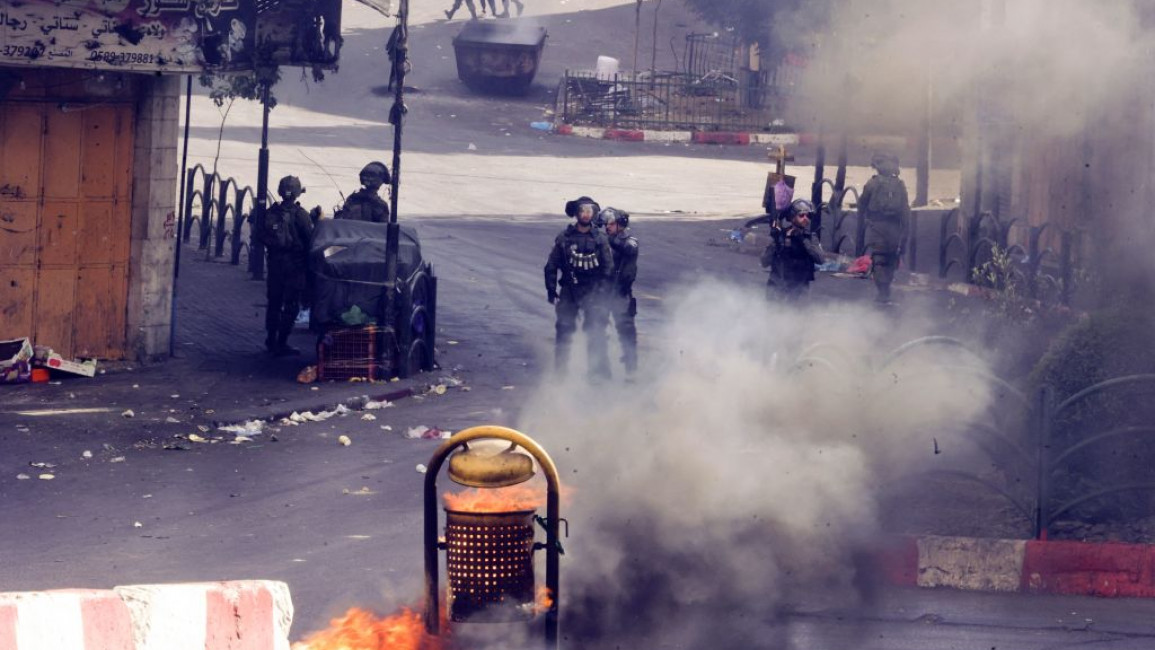





.jpg)
